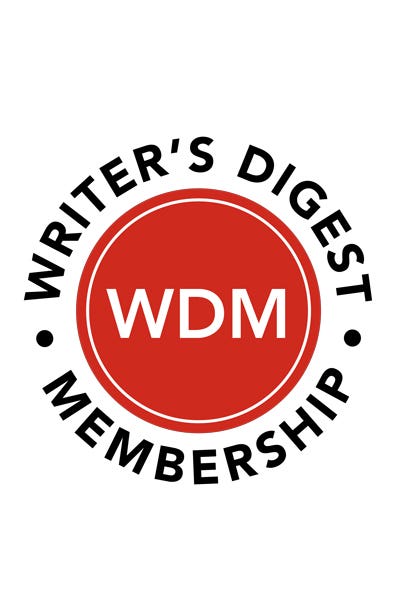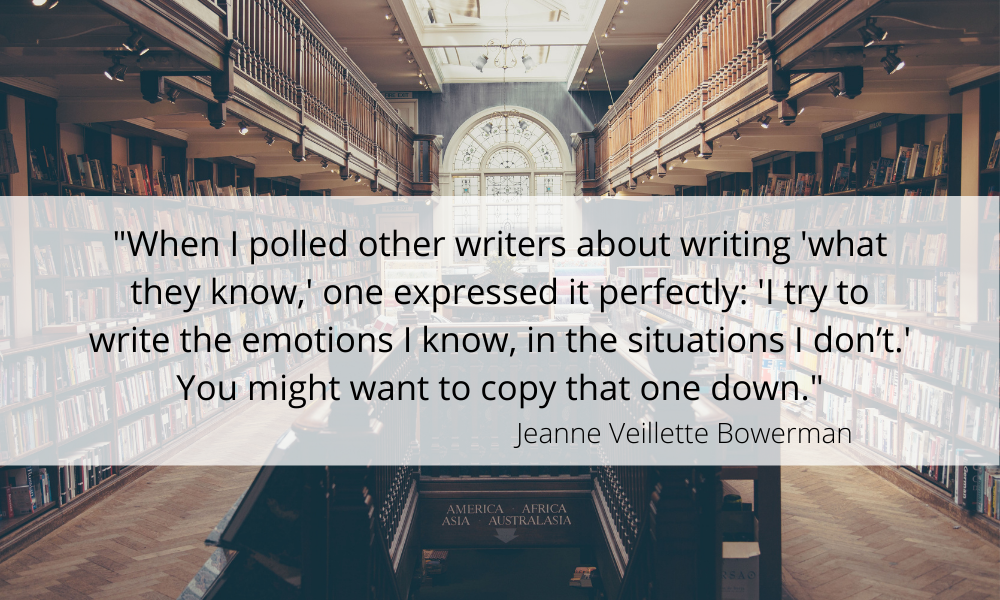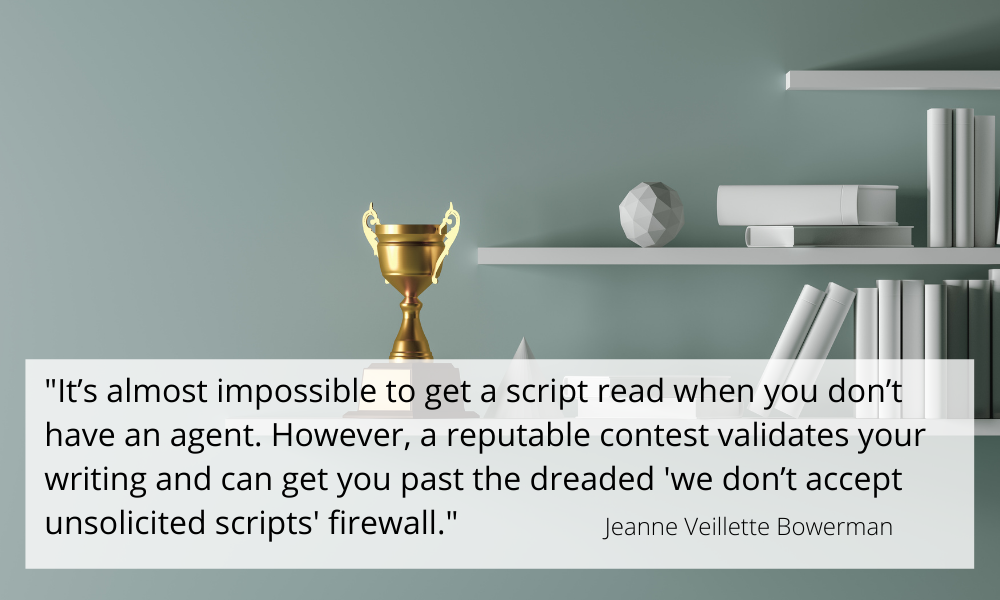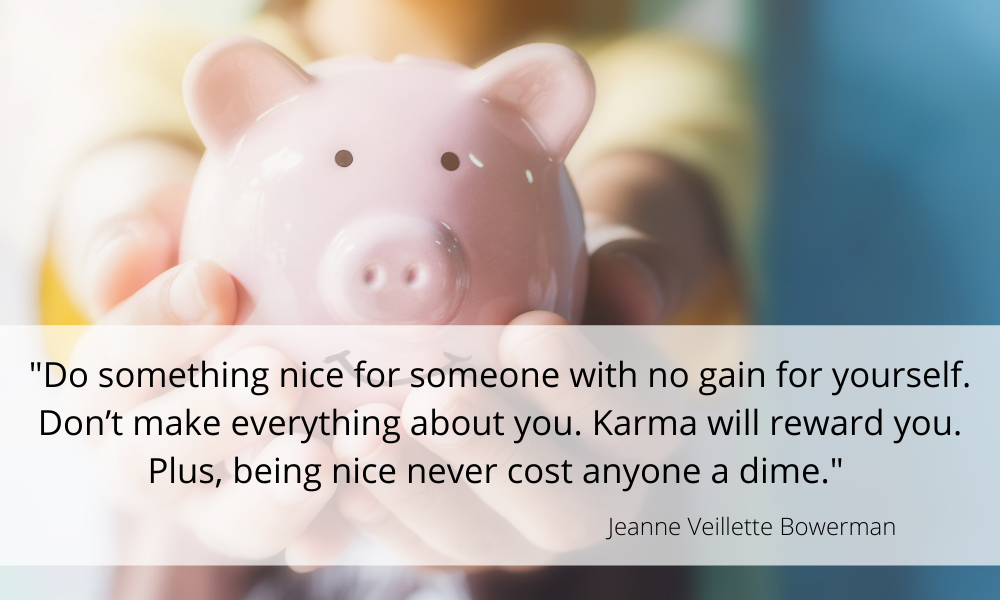The Dirty Dozen
Scripts columnist Cynthia Whitcomb explains the “dirty dozen” of producer/director Tony Bill. These 12 easy-to-follow rules could make the difference between a script sold or scrapped.
Producer/director Tony Bill has probably discovered more new writers who became huge than any other person in Hollywood. Among them are Terrence Malick (The Thin Red Line), Paul Schrader (Taxi Driver), Curtis Hanson (L.A. Confidential), John Patrick Shanley (Moonstruck) and many, many more including myself.
Bill has put together a list of 12 things for new writers not to do before sending a script out. "There is no excuse for a script handed in that does not meet these simple, precise, technical, kindergarten-level requirements," he says. Tony has generously allowed me to elaborate on his "Dirty Dozen" to ensure a higher quality of screenplays arriving in Hollywood. You probably know most of these already, but any one of them could make the difference between a script sold or scrapped. Tony Bill's Dirty Dozen:
1. Don't use a fancy cover. The simpler the better. No artwork, hand lettering, photos or gimmicks. Make sure it is soft-bound cardstock or flexible plastic, not a hardcover notebook. (A producer has to be able to roll the script over and hold it in one hand to read while sipping that margarita or smoking that big cigar by his pool.) The script should be on 3-hole punched white paper (20 pound, standard typing paper) bound with three heavy brads of adequate weight to hold it together when one gets halfway through, or "script screws" if you can find them. You can neatly print the title along the bound edge with a fine-tipped black felt pen, if you like.
2. Don't include a list of characters or their biographies. The script has to stand on its own, and the characters have to be introduced so that it's clear who they are, how they're related and whether they're the leads.
3. Don't suggest casting. It has become common practice in a pitch to mention that "Courtney" could be played by Julia Roberts or Sandra Bullock, but don't ever mention an actor's name in a screenplay.
4. The title page should be as simple as possible. Centered: The Title. Beneath it: An Original Screenplay by Your Name. At the bottom right: Contact information, whether it is an agent's name, address and phone number or yours. Don't ever date a script unless it's already sold. (You would be shocked at how fast something gets "old" in Hollywood.) Don't ever number a draft. (They'll be insulted that you've bothered to send them a first draft and critical that it's only this good for a fourth draft.) It's a no win phrase. Once a script has sold and you're being paid to rewrite it, the dates and draft numbers function as invoices. (Meaning: "I delivered the third draft on 3/25. Please pay me.") Tony believes you should not write "Registered WGA" and a date on the cover page. If you want to include it, write it small at the bottom of the back side of the title page. You should definitely register it with the WGA. Just don't advertise it too boldly. The number of script thefts in the industry is tiny. Paranoia almost always signifies an amateur.
5. Don't include a synopsis. It encourages producers not to read your script. If they want it summarized with a script analysis—or "covered"—make them pay to have their own people cover it. Then later if they don't buy it, you can chat up an assistant over the phone and possibly get a copy of your coverage, thereby gaining valuable insight into why it didn't sell and what it needs to do so.
6. Do not apologize in a cover letter. Not for anything in the script from misspellings to plot holes. If it's not as good as it can possibly be, don't send it. Fix it. An apologetic cover letter will send your script straight into the shredder.
7. Don't include camera angles or other technical directions. That's the director's job and it irritates him to have you tell him how to shoot a picture. Never use CLOSE SHOT, PAN, ZOOM IN, ANGLE ON, DISSOLVE TO, TWO SHOT or any of the dozens of others you happen to know. Only on the rare occasion when it is absolutely necessary for a story point. For example, if two people are having a midnight supper in their hotel suite, and at a precise point in the dialogue you want ANGLE TO INCLUDE the man standing behind the window curtain watching them, OK. Spell it out. Otherwise let the director do his job.
8. Don't suggest actor's readings parenthetically. (Angrily) (ironically) etc. Only do this if it is absolutely necessary. In other words, only use them if the line would be mis-read without them. You need never write: JOHN (angrily) You bitch! But if Hannibal says "Goody goody," it may be helpful to note that it is a whispered threat. I have been at table read-throughs where actors are handed new pages and the first thing they do is go through and black out all the parenthetical suggestions without even reading them.
9. It has to be the right length. Don't submit a screenplay less than 100 pages or more than 140 pages in length. And don't cheat by using wide margins or changing font size. Screenplays are printed in Courier or Courier New fonts, size 12. Place 1-inch margins top, right and bottom. Place 1- to 2-inch margins on the left. The average film script runs 110 to 120 pages which translates into a minute of film per page of script.
10. Don't leave a word misspelled. With spell-check programs on most computers it is easier to produce perfect, clean scripts. But you still have to read carefully—every word. I once read to the climactic scene of an action screenplay and in the heat of battle, instead of "squeezing off a shot" the poor hero had a hilariously mis-typed vowel in that important noun. I've known producers who pass on a script if it has half a dozen typos or mistakes in the first 10 pages. If the writer doesn't care enough to make it clean, they don't waste their time.
11. Don't number scenes. Scene numbers are only for shooting scripts, not selling scripts. They are for breaking down scripts for location and budget purposes and to schedule the shoot. It's wonderful if you've bought fancy software, but shut off the scene numbering function.
12. Use a good quality printer or high quality copier. Laser printing or its equivalent. If it's not crisp, clear and clean, it's canned.
Unlike the publishing world, it is fine to make multiple submissions to Hollywood. And producers don't use SASEs much. Today it costs more to mail a script than to make a new copy. And Hollywood appreciates confidence. Self-promotion and arrogance are part of the cultural climate out in sunny California. So think positively and fire off your best and brightest work.
Tear out this column, and keep this checklist handy. Run through it before you send each script out to be sure your screenplays arrive in Hollywood with every advantage of a professional presentation. Let yours be the cleanest, most perfect scripts producers get.
Cynthia Whitcomb has made a living as a screenwriter since Tony Bill hired her to write a screenplay for him when she was 24. She lives in Oregon with her children.









